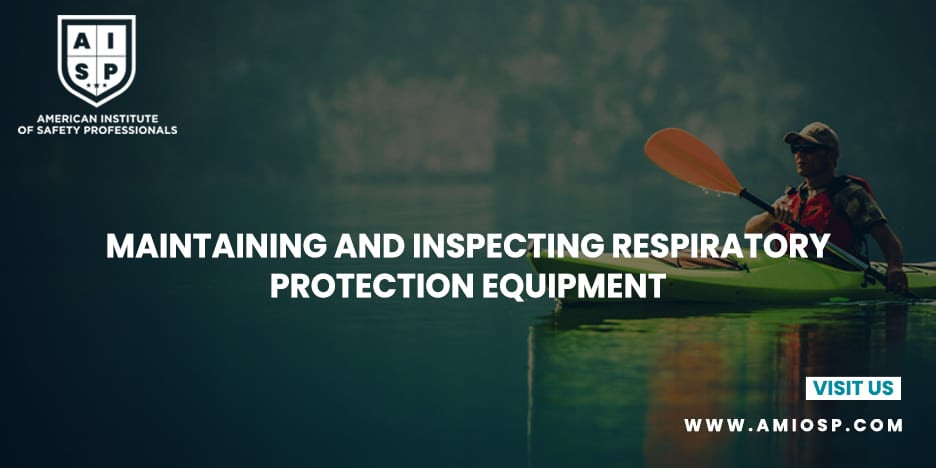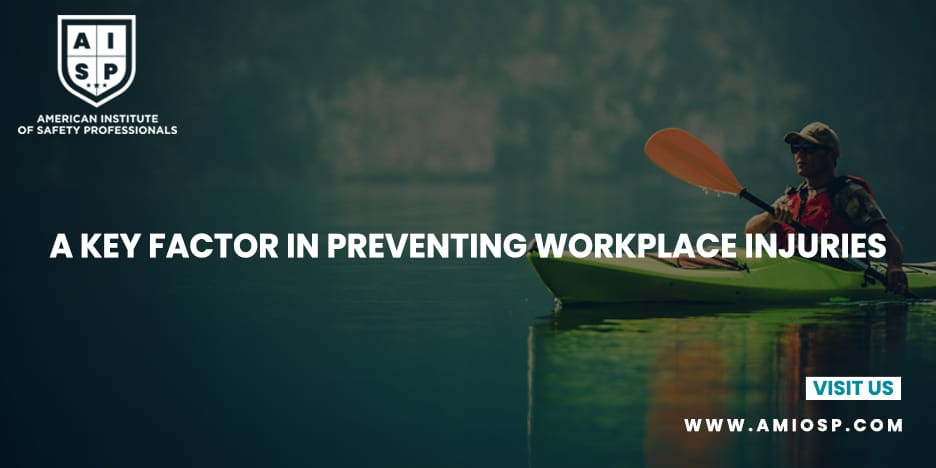Respiratory protection equipment plays a crucial role in
safeguarding the respiratory health of workers in various industries. To ensure
the effectiveness of this equipment, regular maintenance and inspection are
essential. In this blog, we will discuss the importance of maintaining and
inspecting respiratory protection equipment and provide guidelines on how to
properly care for these crucial devices.
Why Maintain and Inspect Respiratory Protection
Equipment?
Regular maintenance and inspection of respiratory protection
equipment offer several key benefits:
- Optimal
Performance: Proper maintenance helps ensure that respiratory
equipment functions optimally, providing the intended level of protection
against hazardous substances. Regular inspections allow for the early
detection of any issues or damages that may compromise the effectiveness
of the equipment.
- Prolonged
Lifespan: Well-maintained respiratory protection equipment tends to
have a longer lifespan. By following recommended maintenance procedures,
you can extend the usability of the equipment and avoid premature
replacement costs.
- Compliance
with Regulations: Many regulatory agencies require employers to
maintain and inspect respiratory protection equipment to ensure compliance
with safety standards and regulations. By adhering to these guidelines,
employers can demonstrate their commitment to worker safety and avoid
penalties or legal consequences.
General Maintenance Guidelines
Follow these general guidelines to maintain respiratory
protection equipment effectively:
- Cleanliness:
Regularly clean the equipment according to the manufacturer's
instructions. Use mild soap or approved cleaning agents, and ensure
thorough rinsing and drying. Avoid using harsh chemicals that may damage
the materials.
- Storage:
Store respiratory protection equipment in a clean, dry, and
well-ventilated area. Protect the equipment from dust, sunlight, extreme
temperatures, and moisture. Proper storage helps prevent contamination and
extends the lifespan of the equipment.
- Replacement
Parts: Use only manufacturer-approved replacement parts, such as
filters, cartridges, valves, and straps. Follow the manufacturer's
recommendations for replacement intervals and procedures.
Inspection Procedures
Conduct thorough inspections of respiratory protection
equipment on a regular basis. Consider the following inspection procedures:
- Visual
Inspection: Visually examine the equipment for any signs of damage,
wear, or degradation. Look for cracks, tears, holes, loose components, or
deteriorating materials. Pay attention to the straps, valves, seals, and
connectors.
- Seal
Inspection: Ensure that the seal between the respirator and the
wearer's face is intact and effective. Check for any gaps or leaks that
may compromise the seal. Conduct user seal checks according to the
manufacturer's instructions.
- Functionality
Check: Test the functionality of the equipment, such as the operation
of valves, airflow resistance, and the ability to maintain positive
pressure (for powered respirators). Ensure that all features are working
correctly.
Record Keeping
Maintain accurate records of maintenance, inspections,
repairs, and replacements for respiratory protection equipment. Keep a log of
dates, inspection results, repairs conducted, and any actions taken. Proper
record-keeping demonstrates compliance and provides a useful reference for
future maintenance and inspections.
Training and Education
Ensure that employees using respiratory protection equipment
receive comprehensive training on maintenance, inspection, and care procedures.
Provide instructions on proper cleaning, storage, and handling techniques.
Empower employees to recognize signs of equipment failure and report any issues
promptly.
Conclusion
Maintaining and inspecting respiratory protection equipment
is crucial for ensuring optimal performance, compliance with regulations, and
the protection of workers' respiratory health. By following proper maintenance
guidelines, conducting regular inspections, and keeping accurate records,
employers can prolong the lifespan of the equipment and minimize the risk of
respiratory hazards. Remember, training and education play a vital role in
ensuring that employees understand and follow the necessary maintenance and
inspection procedures. By prioritizing the care of respiratory protection
equipment, you create a safer and healthier work environment for your
employees.












0 comments
No Comments